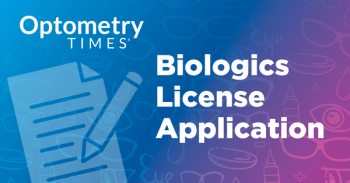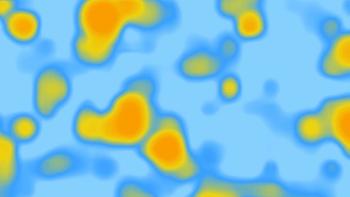
Free form individualized lenses present opportunities, challenges
The current system of eyeglass lens manufacturing, in which semi-finished "blanks" are delivered and finished in on-site laboratories, will give way to a system in which individually designed lenses are crafted for each patient.
Dr. Sheedy predicted that this switch to "free form" manufacturing will take place over the next 5 to 10 years. The ability to create optics uniquely designed based upon specific characteristics of the patient's eyes and face will be both a boon and a challenge, as very precise measurements will be required to ensure proper performance. Dr. Sheedy is director of optometry research at Pacific University College of Optometry, Forest Grove, OR.
"Properly measuring and fitting the eyewear to the patient is already important for all prescriptions in terms of making sure that the lenses are properly centered in front of the eyes, making sure that the pantoscopic tilt is correct, and making sure that the sitting heights are appropriate," Dr. Sheedy said. "But all of this becomes even more critical for the individualized lenses that use the free form manufacturing technique."
The optical aspects that are individualized by free form lenses include the distance correction for single-vision lenses and multifocals, the near design for progressive addition lenses (PALs), and some other features related to how the lenses are used and the frame characteristics. Free form manufacturing enables an individualized atoric design for each eye, Dr. Sheedy said.
For single-vision lenses and the distance characteristics of PALs, free form manufacturing allows extremely fine aspheric and atoric curvatures to be selected for the particular prescription of the patient. This eliminates the visual compromises that may be caused by using semi-finished lenses that offer only a limited series of standardized base curves. The aspheric and atoric design feature is incorporated into the PAL individualized design. The lens design can also optimize the near vision of PALs.
Newsletter
Want more insights like this? Subscribe to Optometry Times and get clinical pearls and practice tips delivered straight to your inbox.








































